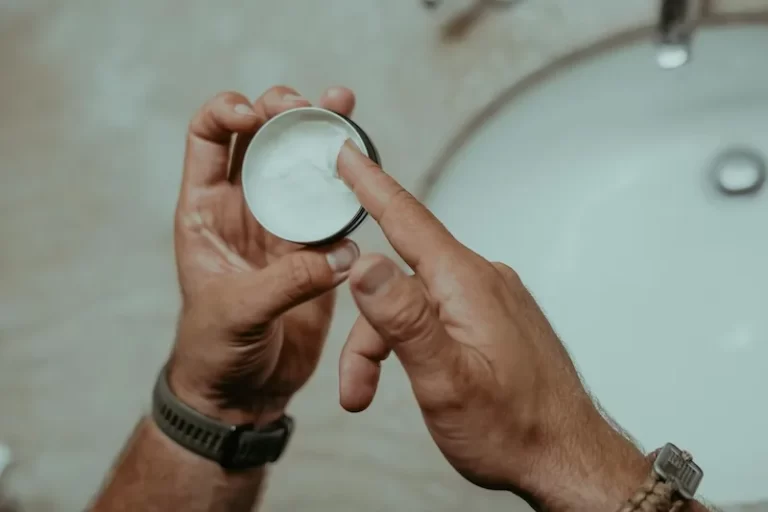Herbal medicine
Has many benefits for First Aid, Wounds, and Joint Pain
Herbal medicine has been a cornerstone of healing for centuries, and comfrey balm is one of those timeless remedies that has earned its place in my medicine cabinet. From joint pain to minor wounds, this powerful herb has become my go-to solution—and here’s why.
Just last week, my husband came in from the garden, wincing in pain after a playful tumble with our dogs left him with sore knees. As someone with a background in naturopathy, he’s always open to natural remedies, so I immediately reached for my trusted comfrey balm. Within hours, he noticed a significant reduction in pain and swelling.
Cambodia
Living in Cambodia has deepened my appreciation for natural remedies. Here, DIY solutions are not just a preference but often a necessity. Whether it’s crafting herbal remedies or tackling everyday challenges, I’ve learned to rely on nature’s gifts—and comfrey has become one of my favorites.
What is comfrey?
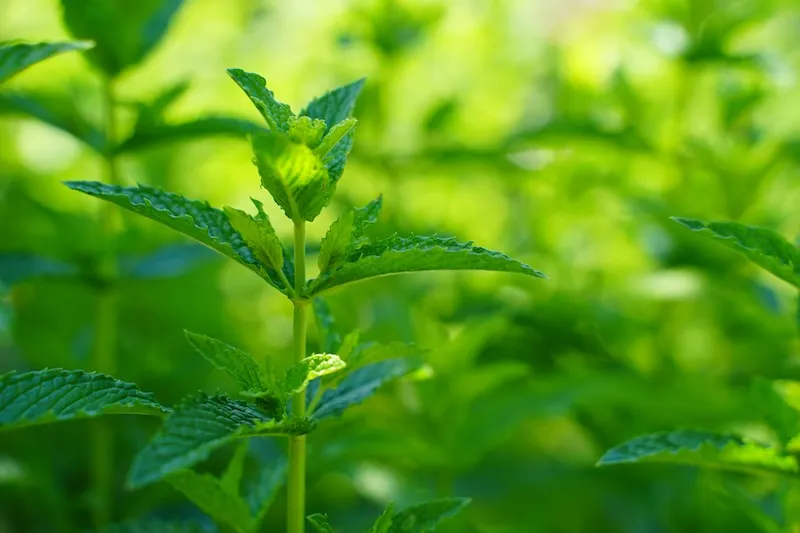
Benefits of comfrey for joint pain
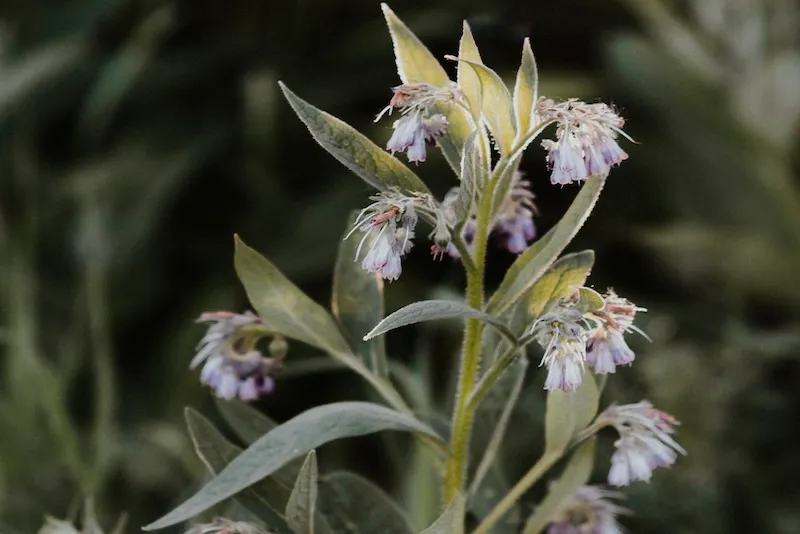
- Reduce inflammation
- Alleviate pain
- Accelerate skin healing
This herb contains allantoin, a compound known for promoting cell growth and tissue repair. Historically, comfrey was ingested for various ailments, including broken bones.
However, due to its potential toxicity when ingested, comfrey is now predominantly used externally in the form of balms or creams.
I rely on my DIY comfrey balm to alleviate chronic low back pain from a car accident years ago.
As a hairdresser, I also suffer from arthritis in my fingers, and my comfrey balm provides relief within a day. Another common issue in my profession is varicose veins, which has inspired my next project: finding a natural remedy for them.
Comfrey in Medicine
What the Research Says

Back Pain
A study published in the British Journal of Sports Medicine found that topical comfrey creams reduced pain intensity by 95.2% in individuals with acute back pain, compared to 37.8% in the placebo group. Relief was reported within approximately one hour of application.
Osteoarthritis
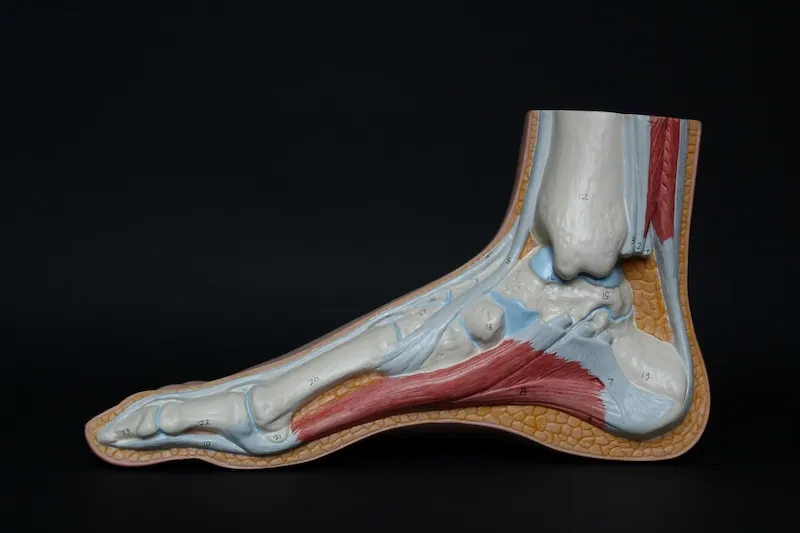
Studies have shown that comfrey salves can effectively reduce pain and improve mobility in individuals with osteoarthritis. In one study, comfrey creams reduced knee pain by over 50% over three weeks, compared to 10-15% with a placebo.
Another study supported these findings, though it noted occasional instances of topical skin reactions. While comfrey effectively relieves pain and improves mobility, it doesn’t target the root causes of osteoarthritis, such as inflammation or cartilage breakdown.
A Personal Success Story
I once shared my DIY comfrey balm with a friend from my writing group. She had been suffering from arthritic and very painful knees for years. Within a few days of using the balm, her pain almost completely disappeared. She was understandably shocked and grateful for the unexpected relief.
Sprains

Research suggests that topical applications of comfrey are comparable in effectiveness to synthetic prescription pain-relieving gels. While these studies focused on pain relief, my personal experience confirms that comfrey also aids in healing sprains.
A Personal Perspective
As the saying goes, “you are what you eat,”and similarly, “you are what you experiment on.” This is why many pharmaceutical companies now prioritize human testing over animal testing. From my own experiences, I can affirm that comfrey effectively heals sprains, providing both pain relief and faster recovery.
Precautions for Using Comfrey
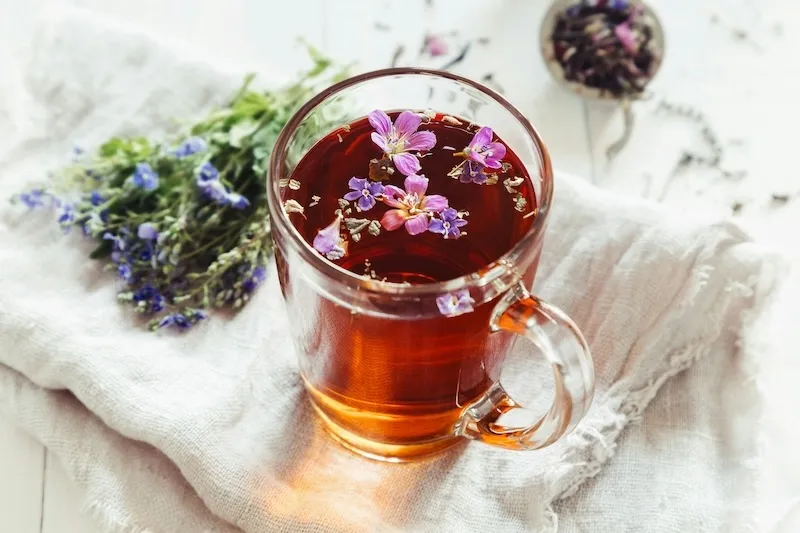
While comfrey is incredibly beneficial, it’s crucial to use it safely. Here are some key precautions to keep in mind:
- Do not ingest comfrey! – Comfrey isn’t for internal use, and you should never ingest it in any form. Older herbal recommendations for consuming comfrey for bone healing are no longer advised due to the risk of liver poisoning and potentially fatal consequences in high doses.
- Variability in constituents – Comfrey varies in its chemical composition based on the strain. Historical strains used for internal consumption are no longer cultivated or identified. Without specific chemical analysis, it’s uncertain whether some strains are safer than others, making internal use risky.
- Potential for skin reactions – Some clinical trials have reported skin reactions in a small number of individuals using comfrey topically. Always perform a small patch test before widespread use to check for allergic reactions. This precaution applies to all topical herbal remedies, including comfrey salve.
- External use only – Comfrey is strictly for external applications. Using comfrey in a balm is a safe and effective way to harness its benefits while avoiding the risks associated with ingestion. Plus if you make the balm yourself you know the quality.
How to Make Comfrey Balm
Step-by-Step Guide
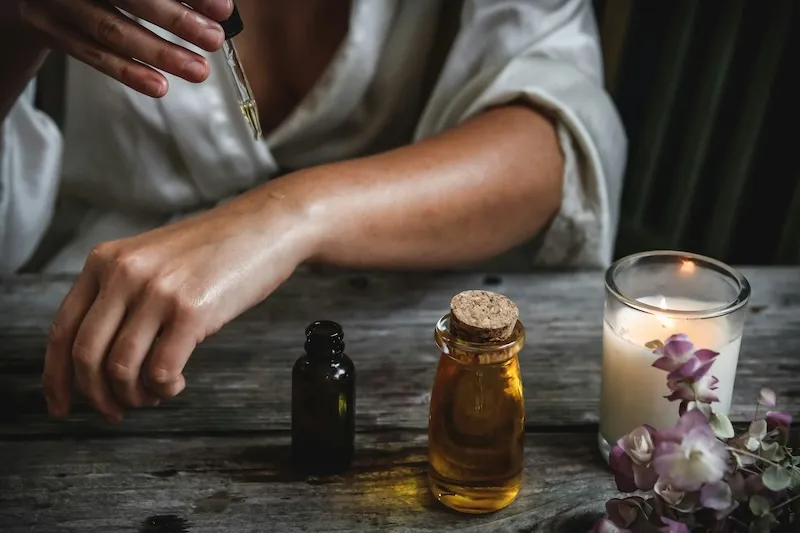
Making your own comfrey balm not only ensures the quality of ingredients but also allows you to customize it with essential oils or other herbs for added benefits. Ready to get started? Here’s a step-by-step guide:
Step 1: Make the Infused Oil-
Gather Your Ingredients:
- Dried comfrey leaves or roots (fresh herbs can spoil the oil).
- A carrier oil (e.g., olive oil, coconut oil, or sweet almond oil).
Prepare the Jar:
- Fill a large jar with dried comfrey leaves or roots.
- Pour the carrier oil over the herbs, ensuring they are completely submerged.
Infuse the Oil:
- Seal the jar tightly and place it in a cool, dark place for 4–6 weeks.
- Shake the jar gently every day to promote extraction.
Quick Tip: For faster results, use the heat infusion method (see below).
Step 2: Heat Infusion Method (Optional)
Chop Fresh Herbs:
- Finely chop fresh comfrey leaves or roots to increase surface area.
Combine Oil and Herbs:
- Place the chopped herbs in a heatproof container and cover with your chosen oil.
Heat Gently:
- Use a double boiler or slow cooker on low heat to warm the herb-oil mixture.
- Heat gently for several hours (up to 10 hours), ensuring the oil does not boil.
Strain the Oil:
- After infusion, strain the oil through cheesecloth or a fine mesh strainer.
- Squeeze the cheesecloth to extract as much oil as possible.
Step 3: Create the Comfrey Balm
Gather Your Ingredients:
- Comfrey-infused oil
- Beeswax (for solid texture)
- Optional: Essential oils (e.g., eucalyptus, lavender) or vitamin E oil (as a preservative).
Melt the Beeswax:
- Stand a heatproof bowl in a pan of warm water (double boiler method).
- Add the comfrey-infused oil and chopped beeswax to the bowl.
- Heat gently until the beeswax is fully melted.
Add Optional Ingredients:
- Stir in a few drops of essential oils or vitamin E oil for added benefits.
Pour into Containers:
- Carefully pour the mixture into glass or metal containers.
- Let it cool and solidify before sealing with a lid.
Storage:
- Store the balm in a cool, dark place. It can last for 1–2 years.
Where to Buy Comfrey Salve

If DIY isn’t your thing, you can find high-quality comfrey salves online. While making your own balm offers control over ingredients and can save you money, finding standardized comfrey products can be challenging due to varying potency in homemade preparations.
Takeaway
Comfrey is a powerful natural remedy for alleviating pain in conditions like back pain, osteoarthritis, and sprains. While it’s highly effective for symptom management, it doesn’t address the root causes of conditions like osteoarthritis. From my own experience, I can attest to its remarkable benefits, but always consult a healthcare professional before using comfrey products, as they may cause skin reactions in some individuals.
Disclaimer
Always consult your doctor or a clinical herbalist before trying any new herbal remedy. There’s always the possibility of unintended consequences, allergic reactions, or interactions with other medications. If you’re harvesting wild plant material, ensure you’re 100% confident in your identification and consult multiple sources for verification.
The information in this post is based on my research and personal experience, but I do not claim to have any certifications that qualify me to advise you on your health. Please conduct your own research and verify with multiple reputable sources before proceeding with any herbal remedies.
Final thoughts
Comfrey balm has been a game-changer for me, and I hope it can help you too! Have you tried comfrey or other herbal remedies? Share your experiences in the comments below—I’d love to hear your stories!

